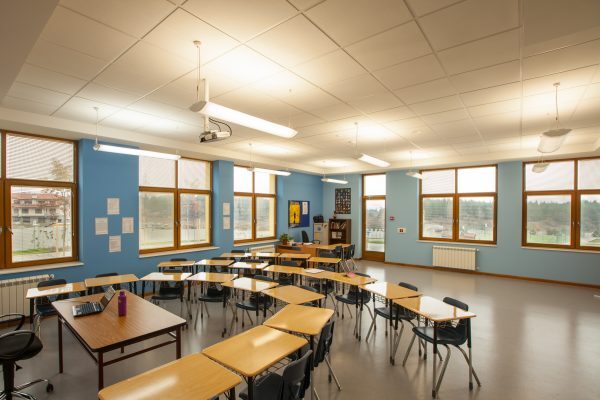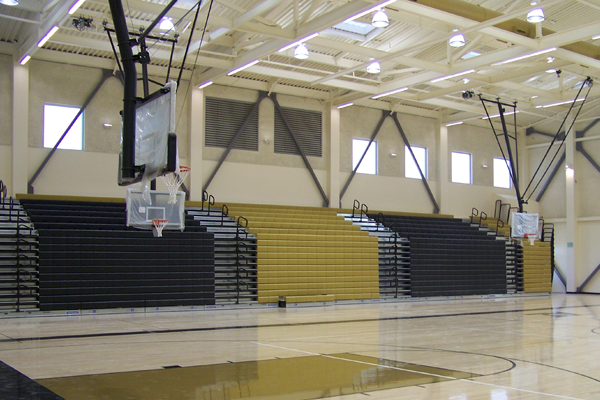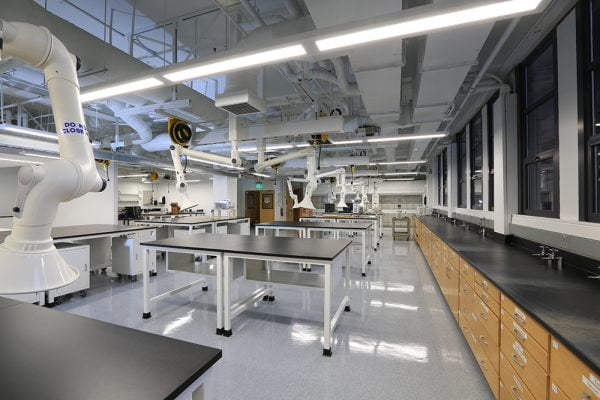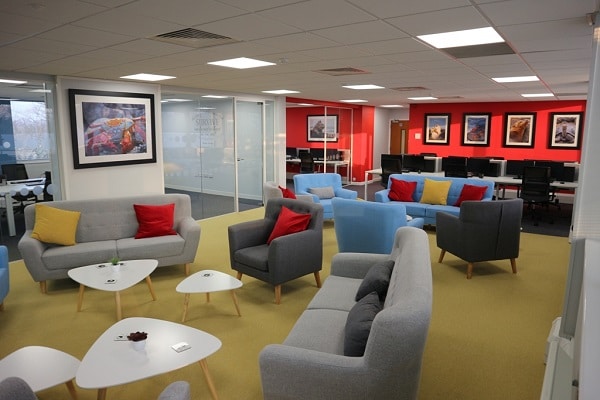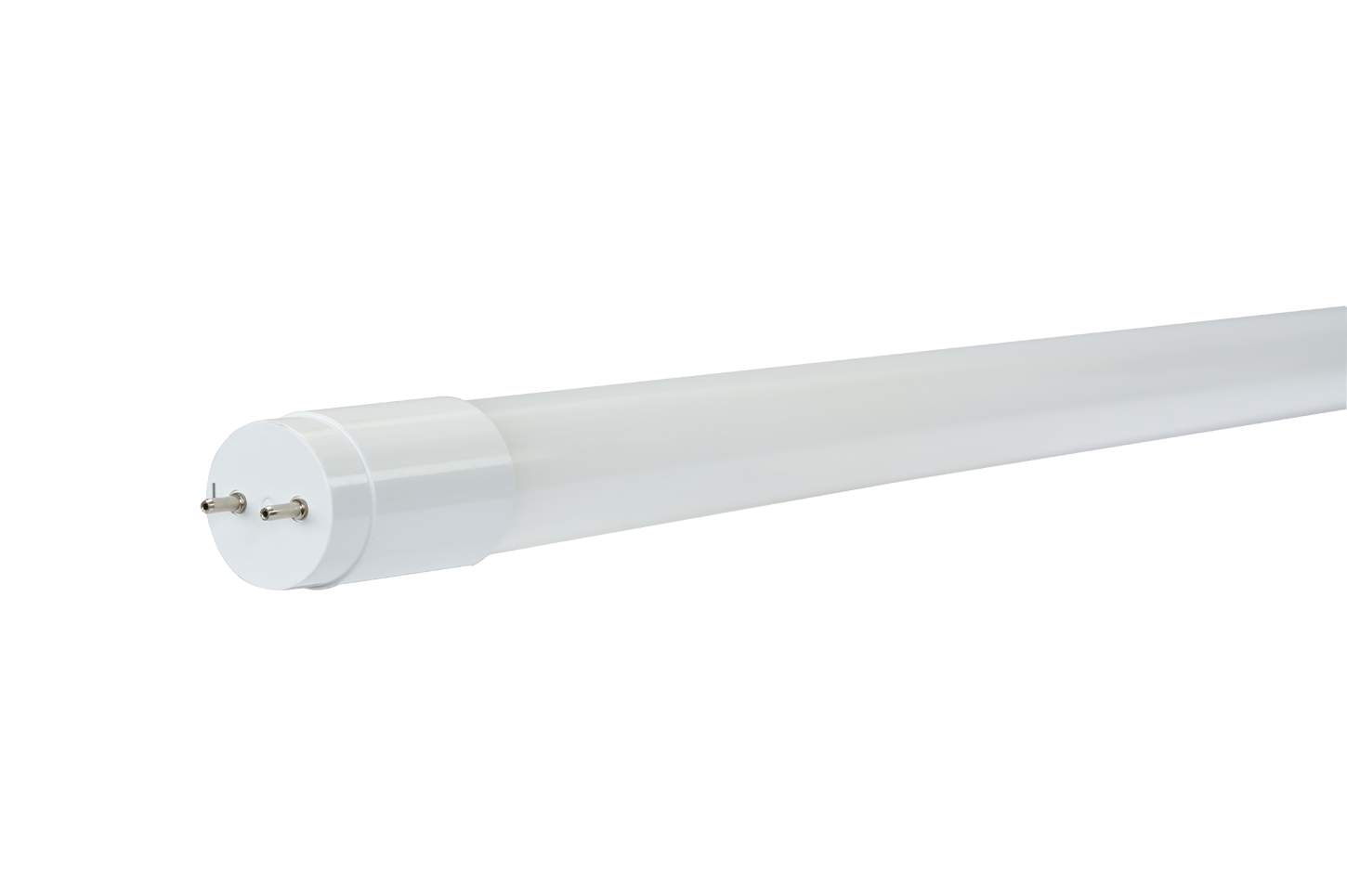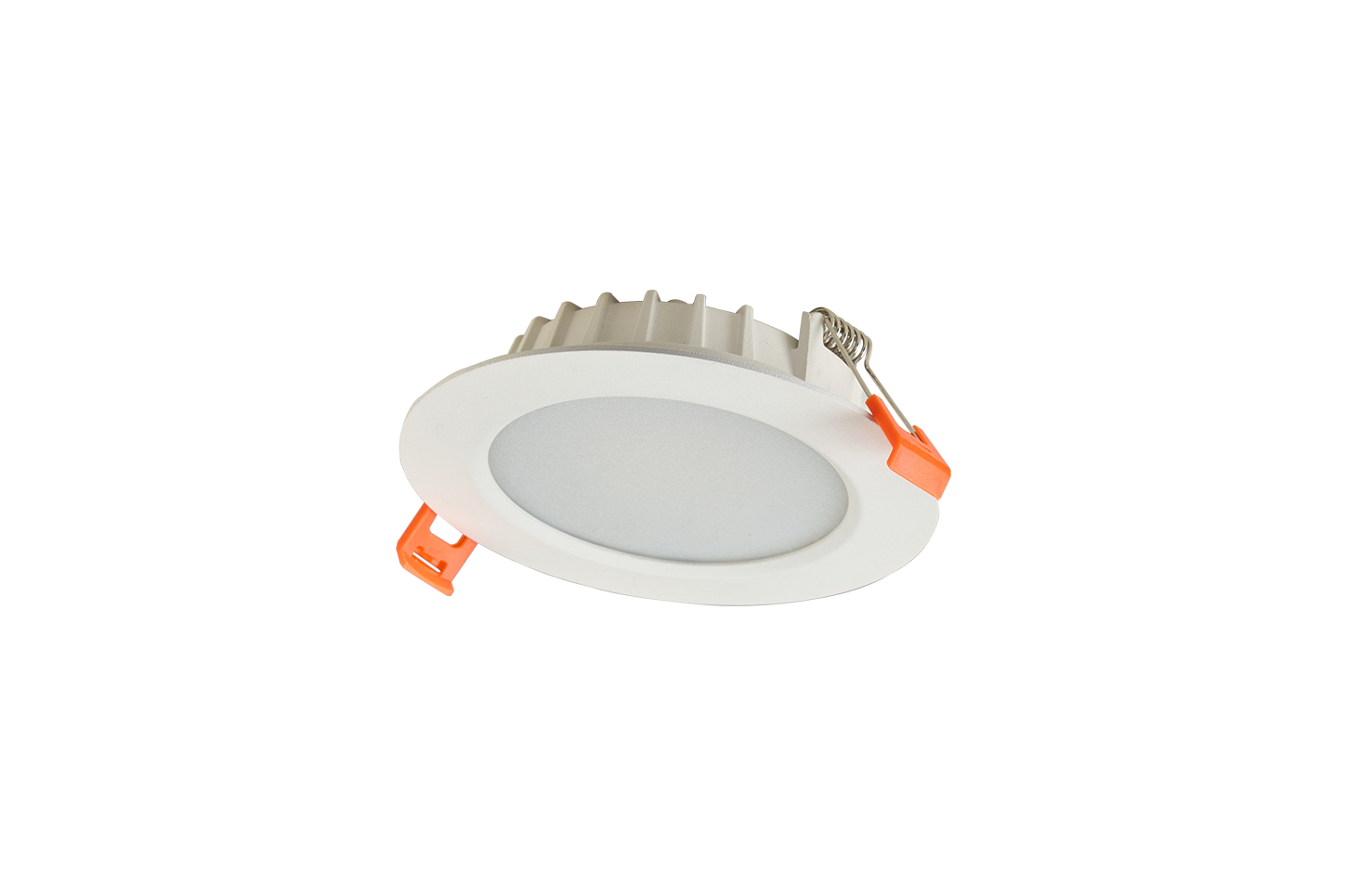- Improve learning efficiency: Proper lighting helps students concentrate better, acquire knowledge more effectively, and minimize the risk of eye diseases.
- Health protection: The standard lighting system helps protect the student’s vision, creating a safe, healthy learning environment.
- Energy saving: Using power-saving LEDs reduces school operating costs.
- Aesthetics: The beautiful lighting system contributes to improving the image of the school, creating a creative, modern learning environment.
Designing the right school lighting system plays an important role in improving the quality of education. The adoption of state-of-the-art lighting solutions that comply with national standards will bring many benefits to students, schools and communities.


 VI
VI

